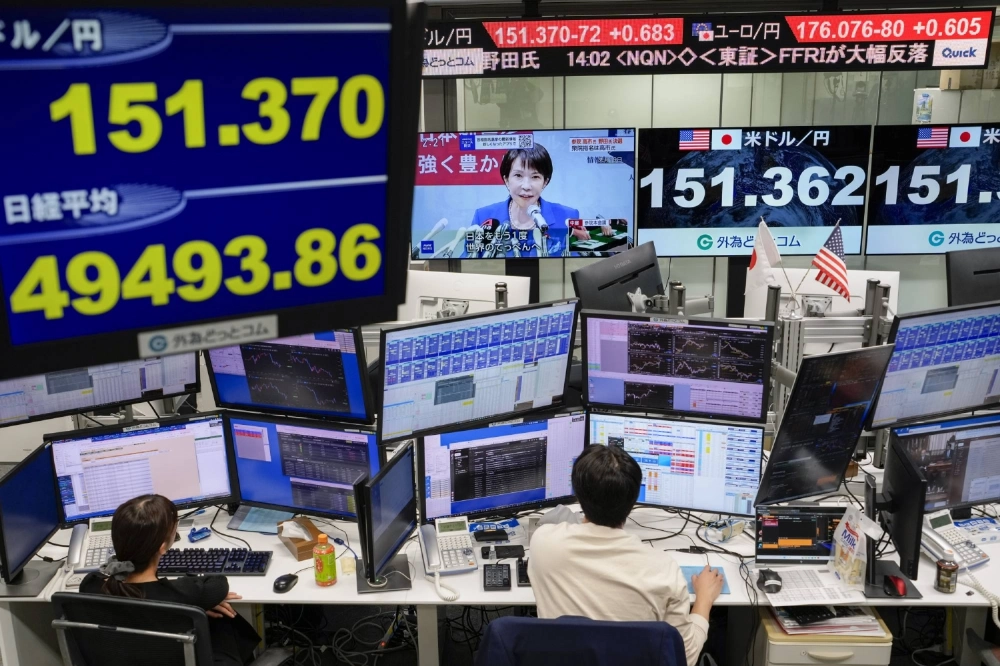Here’s an unexpected treat for ハロウィーン (harowīn, Halloween): Japanese investors say that this is the best time of year to invest in 株 (kabu, stocks) — and that’s not a trick. In fact, there’s a saying that goes, 株はハロウィーンに買え (Kabu wa harowīn ni kae, buy stocks on Halloween). It follows similar logic to the English line, “Sell in May and go away, but remember to come back on Halloween.”
日米の株価が秋に値下がりし、その後春にかけて値上がりしやすい季節特性は「ハロウィーン効果」と呼ばれています (Nichibei no kabuka ga aki ni nesagari shi, sono go haru ni kakete neagari shiyasui kisetsu tokusei wa “harowīn kōka” to yobarete-imasu, The seasonal pattern in which Japanese and American stock prices tend to fall in autumn and rise again in spring is called the “Halloween effect”).
The language of the 株式市場 (kabushiki shijō, stock market) may seem intimidating at first but, much like the actual stock market, you should get the hang of it soon enough. It is rife with small differences in nuance, though. For example, the noun 値上がり (neagari, price increase) suggests a spontaneous price advance, while 値上げ (neage) means an intentional price hike and mark-up: コーヒー豆が値上がりして、スターバックスでも値上げが発表された (Kōhī mame ga neagari shite, sutābakkusu demo neage ga happyō sareta, With coffee beans’ prices rising, Starbucks has announced a price increase). This pattern works the same in the opposite direction with 値下がり (nesagari, price declines) and 値下げ (nesage, price cuts).

















With your current subscription plan you can comment on stories. However, before writing your first comment, please create a display name in the Profile section of your subscriber account page.